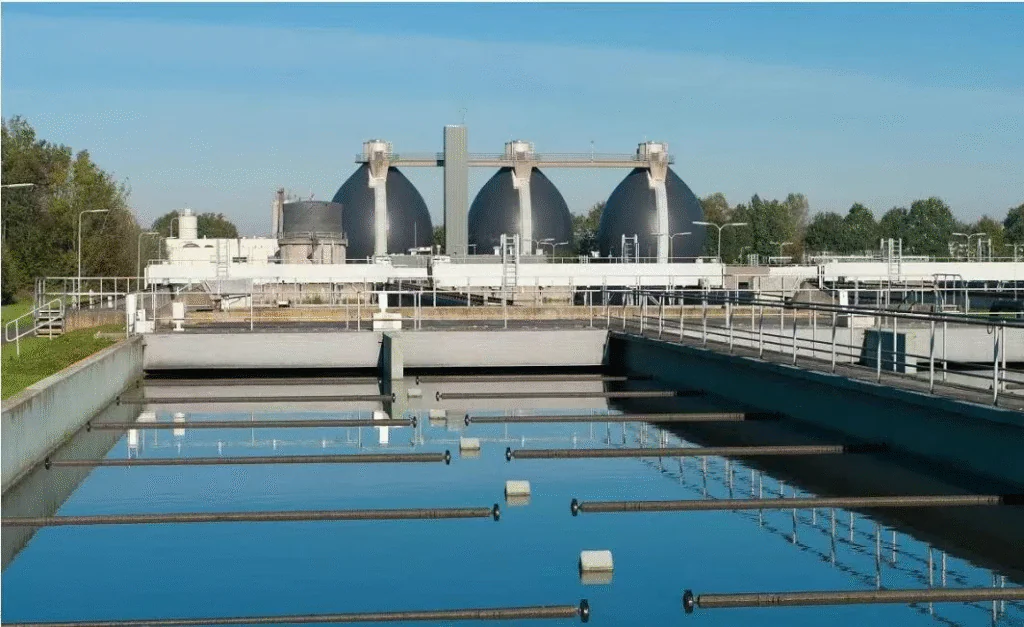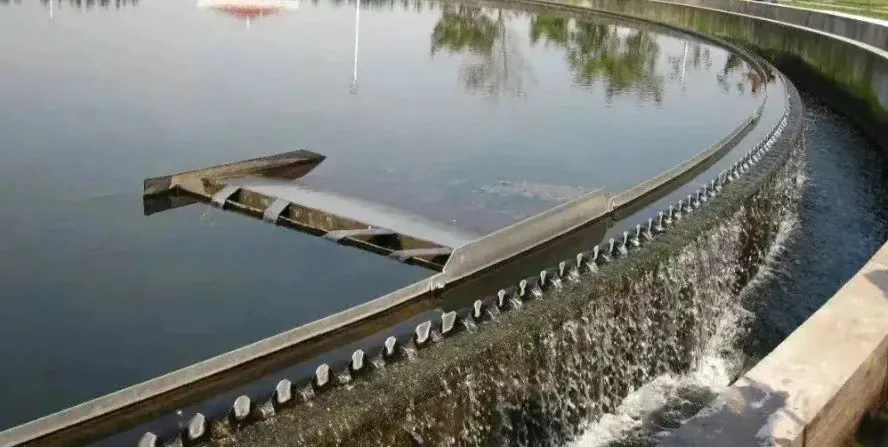In industrial wastewater treatment, PAC (poly aluminium chloride) and PAM (polyacrylamide) are key flocculants.Their dosage directly affects the treatment results and your operating costs.
Many engineers often ask:
- How much PAC should I use?
- What is the right amount of PAM?
Today, let’s look at it from two sides — water quality and chemical factors. We will help you understand what affects the dosage and how to find the best amount.
Is There a Fixed Dosage Ratio for PAC and PAM?
The answer is simple: No fixed ratio. The dosage depends on two main groups of factors:
🔸 Chemical factors:
- PAC content: Common levels are 26%, 28%, 30%. Higher content needs less dosage.
- PAM type: Anionic, cationic, or non-ionic. For cationic PAM, also look at ion degree (20%, 30%, 40%).
- Molecular weight: Different water needs different PAM molecular weights.
🔸 Water quality factors:
- Amount of suspended solids in the water.
- pH and water temperature.
- Charge type of colloidal particles.
- Concentration and type of organic matter.
All these decide the flocculation result and the best dosage.

📊 How to Check If Your Dosage Is Right?
Look at these 3 points:
- Large, dense flocs with rapid sedimentation.
- Clear supernatant.
- No floating flocs or loose flocs after adding chemicals.
If you see these, your PAC and PAM combo is working well.
🧪 Three Steps to Find the Best Dosage
- Lab test (small test)
- PAC solution: 5% is good.
- PAM solution: 0.1% is enough.
- Try different doses. Watch how flocs form and check water clarity.
- Pilot-scale Verification (Field Simulation)
- Scale up laboratory-optimized ratios for field testing
- Evaluate operational stability and treatment efficacy
- Full-scale run (actual production)
- Add chemicals by this ratio.
- Adjust in real time to get the best flocculation. This gives you a long-term stable parameter.

📌 Technical Tips
- For slaughterhouse, dyeing, or food wastewater: Use cationic PAM.
- For municipal water or river treatment: Use anionic PAM.
- Choose PAC with ≥28% content. This reduces usage and saves cost.
- Use automatic dosing equipment. This ensures the chemicals mix well.
🔚 Conclusion
The right PAC and PAM dosage depends on your water. Use lab tests, pilot tests, then full runs. Check settling and water clarity. This will give you efficient and cost-saving treatment. If you have any questions, leave a comment. We offer one-on-one technical support!
